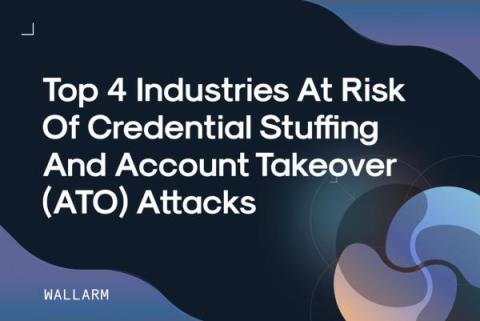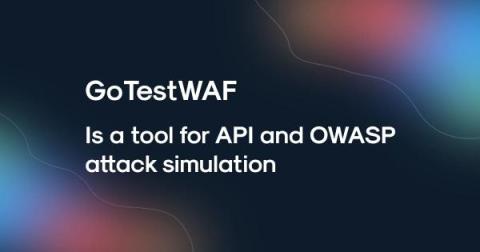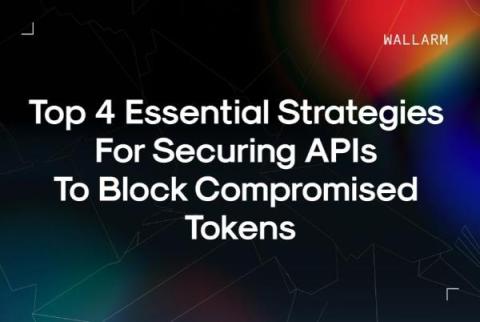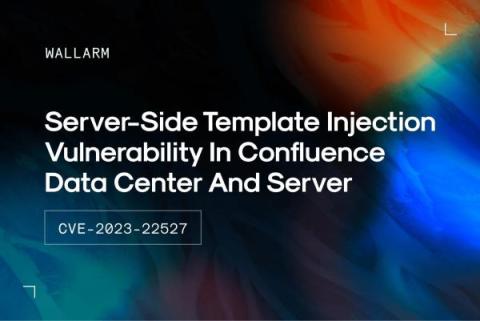Spoutible Enhances Platform Security through Partnership with Wallarm
Spoutible, the rapidly growing social media platform known for its commitment to fostering a safe, inclusive, and respectful online community, has taken a significant step forward in its mission to ensure user safety, security and data integrity. Recognizing the critical importance of robust API security in today’s digital age, Spoutible is excited to announce a strategic partnership with Wallarm, a leader in API and Application security.











